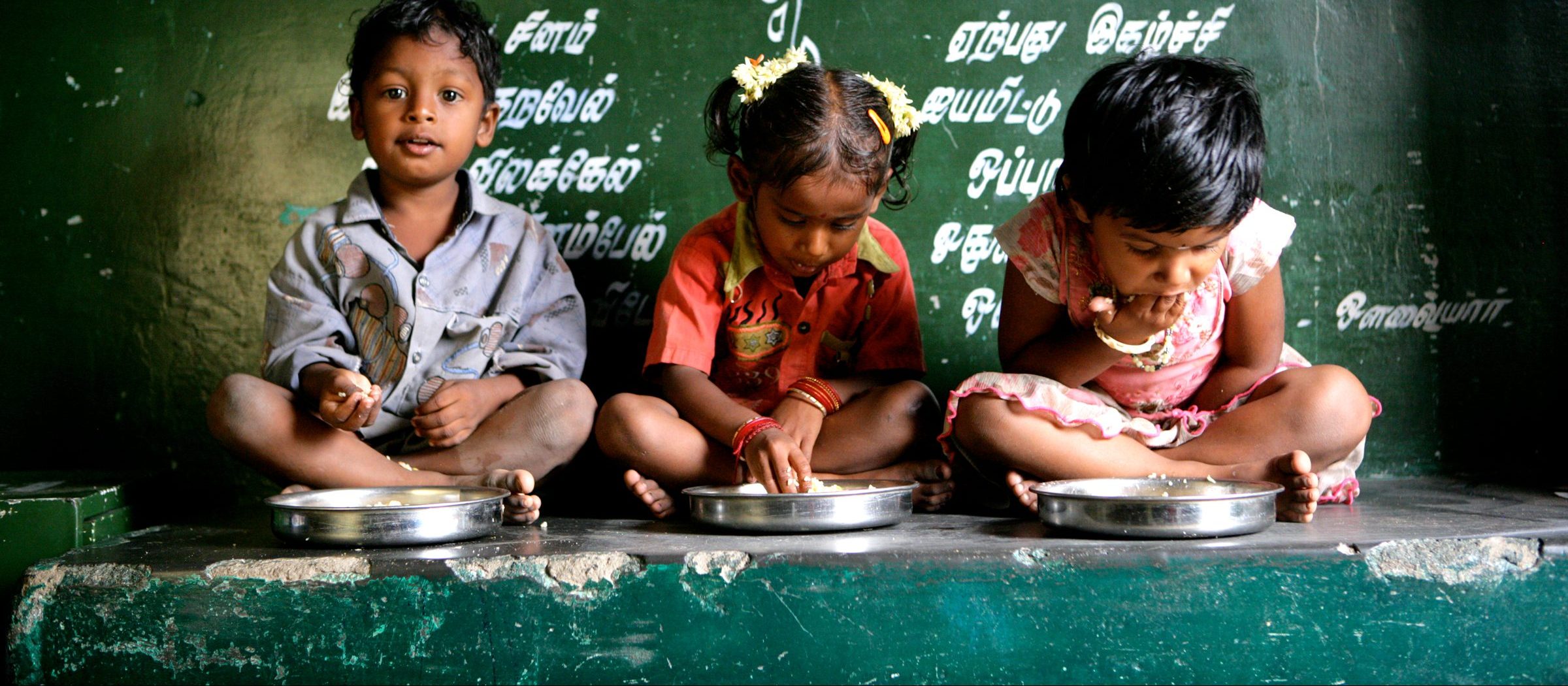
Everyone deserves access to healthy, affordable food and quality nutrition care. This access is hindered by deep inequities that arise from unjust systems and processes that structure everyday living conditions. This year’s Global Nutrition Report uses the concept of nutrition equity to elucidate these inequities and show how they determine opportunities and barriers to attaining healthy diets and lives, leading to unequal nutrition outcomes. The report examines the global burden of malnutrition with an equity lens to develop a fuller understanding of nutrition inequalities. In doing this, it pinpoints and prioritizes key actions to amplify our efforts and propel progress towards ending malnutrition in all its forms.
The global burden of malnutrition
Today, almost a quarter of all children under 5 years of age are stunted. At the same time, overweight and obesity are increasing rapidly in nearly every country in the world, with no signs of slowing. The trend is clear: progress is too slow to meet the global targets. And progress on malnutrition is not just too slow, it is also deeply unfair. New analysis shows that global and national patterns mask significant inequalities within countries and populations, with the most vulnerable groups being most affected. Nutrition outcomes also vary substantially across countries. Underweight is a persisting issue for the poorest countries and can be ten times higher than in wealthier countries. Overweight and obesity prevail in wealthier countries at rates of up to five times higher than in poorer countries.
Within every country in the world, we see striking inequalities according to location, age, sex, education and wealth – while conflict and other forms of fragility compound the problem. This report finds a strong urban–rural divide, and even larger differences across communities. In children under 5 years of age, wasting can be up to nine times higher in certain communities within countries, four times higher for stunting and three times higher for overweight and obesity.
There is a clear link between infant and young child feeding practices and household characteristics. Continued breastfeeding up to 1 or 2 years of age is less common for children in wealthier households, urban areas or with a more educated mother. In contrast, rates of solid food introduction and minimum diet diversity are substantially lower for children in the poorest households, in rural areas or with a less educated mother. Although more granular high-quality nutrition data is needed, we have enough to act.
The report calls for better food systems for nutritious diets, better integration of nutrition services in health care systems, better financing, and better data. We need to act now. We need to be well resourced, strongly coordinated and accountable. Meeting the global nutrition targets would enable healthier, happier lives for all. With a concerted effort, this success is within reach.